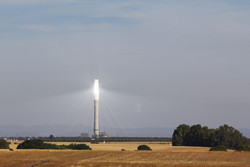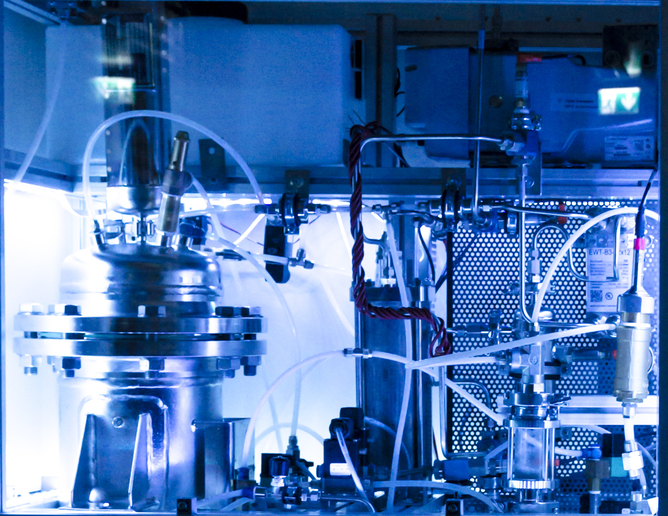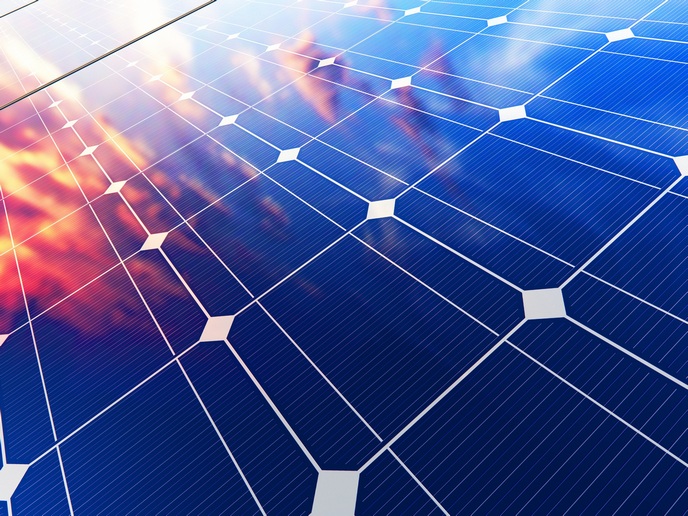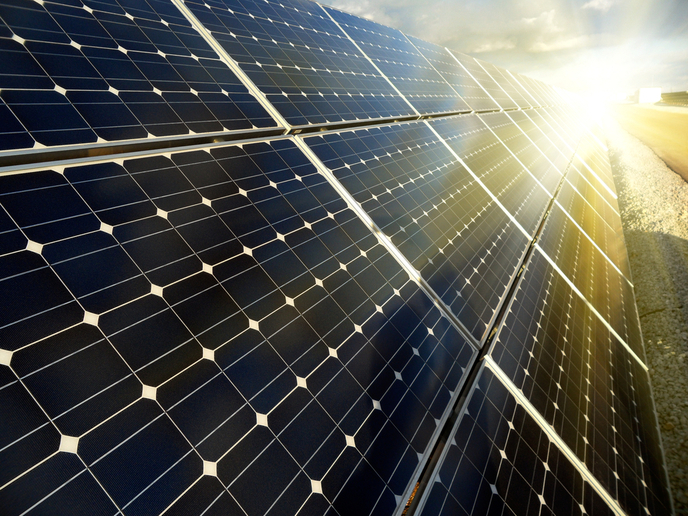Greater efficiency for solar energy
Using a lens to focus the Sun's rays onto a piece of paper and setting it alight may seem like child's play. However, this principle forms the basis of concentrating solar power technologies, which use mirrors or lenses to focus the Sun's energy and convert it into steam for electricity generation. These technologies have the potential to help the EU decrease dependence on fossil fuels as well as reduce harmful emissions. Concentrator photovoltaic (CPV) technology uses mirrors or lenses to focus sunlight onto small but highly efficient solar cells. However, highly efficient CPV systems not only require highly effective solar cells but also highly efficient concentrating optics and accurate tracking systems. The NGCPV(opens in new window) (A new generation of concentrator photovoltaic cells, modules and systems) project was established to substantially increase the efficiency and decrease the cost of such systems. Two novel CPV solar cell structures, with potential for exceeding 50 % conversion efficiency, were explored by the consortium: four-junction solar cells and intermediate band solar cells. To fabricate these novel cell structures, NGCPV investigated two groups of novel materials: dilute nitrides and quantum nanostructures. A 50 kW CPV plant was installed and connected to the grid. It was used to evaluate irradiance parameters and climatic conditions and to support development of certification procedures. Based on this, investigators also developed rules for power prediction. Tools for the characterisation of CPV cells, modules and systems for indoor and outdoor testing were created in order to improve performance at reduced cost. In parallel, researchers developed solar cells based on semiconductor nanostructures, including multiple quantum wells and quantum dots. Using concentrated light on these structures enhanced the open-circuit voltage of these cells beyond original expectations. CPV technology represents a significant opportunity for EU and Japanese industries to lead the rest of the world in future solar power generation technologies. Project results provide a major boost to efficient, low-CPV technology through characterisation tools that support the optimisation of materials, subcomponents and power plants. Therefore, NGCPV technology will accelerate the move to solar energy as a renewable and clean alternative to fossil fuels.







